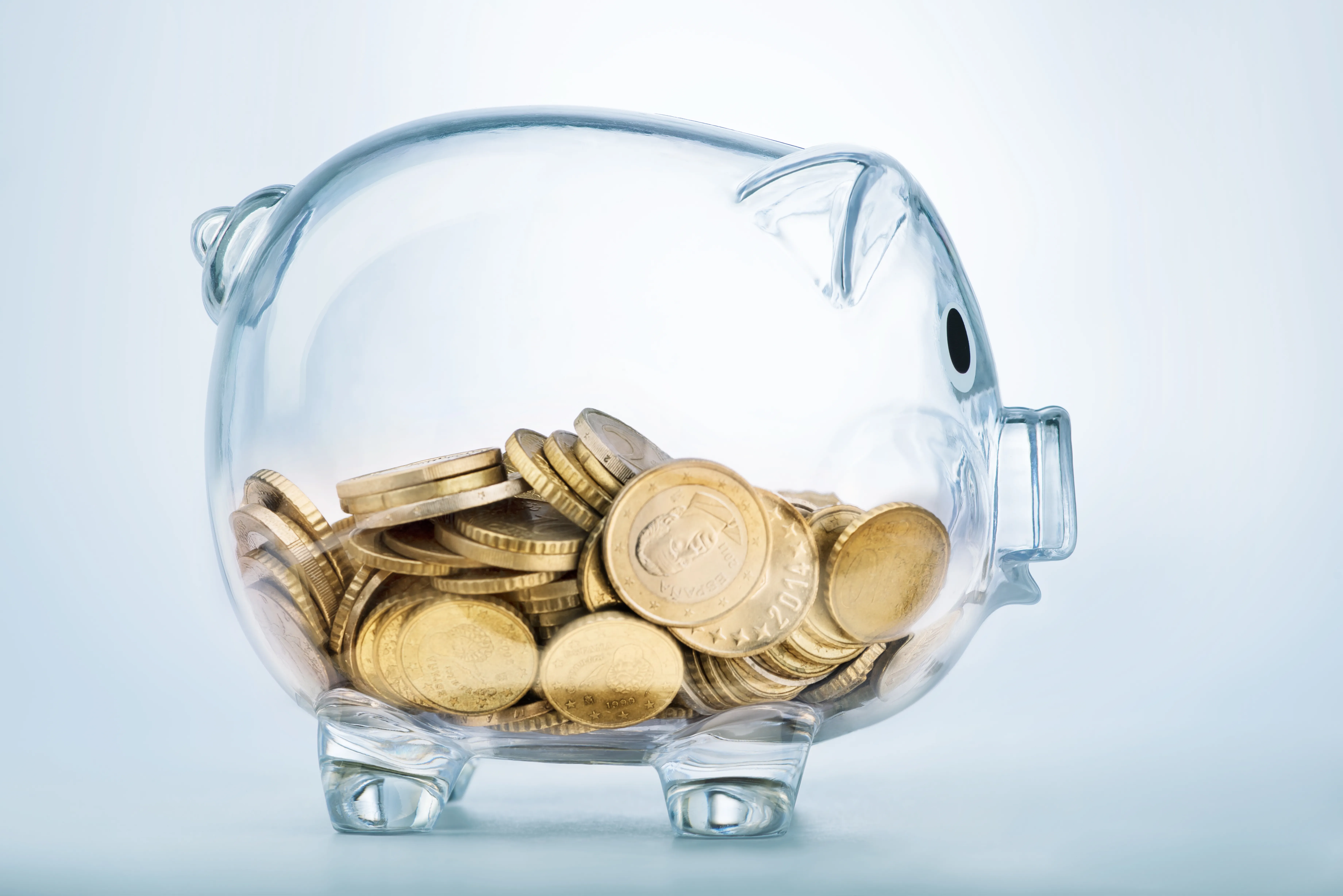
4 Ways to Crush the Debt that’s Been Crushing You
Debt continues to be a crushing burden for many Americans. From credit cards to auto loans, mortgages, student loans and medical bills, a high percentage of the nation’s households have one or more of those types of debt.
According to a NerdWallet debt analysis in 2017, the average American household carrying credit card debt owed a balance of $15,654. The average balance for a household with auto loans was $27,669; it was $46,597 for a student loan; and $173,995 for the average remaining on a mortgage.
“Debt is that great financial enemy we’d all love to defeat,” says Garrett Gunderson, founder/chief wealth architect of Wealth Factory and co-author of 5 Day Weekend: Freedom to Make Your Life and Work Rich with Purpose with entrepreneur Nik Halik. “People struggle to get out of debt because they don’t have a wise and coherent strategy to pay debt down.”
Getting out from under a mountain of debt can be a challenge, but Halik says a consistent plan founded upon discipline can open a path toward financial freedom. He and Gunderson give a four-step strategy for paying down debt:
- Build savings first. Trying to make higher payments in order to reduce your debt is admirable, but that doesn’t make sense without having adequate savings for emergencies. “You need to have at least three months of income, ideally six, in a liquid savings account to create a safety cushion,” Gunderson says. “If you have no cash reserves, what happens when you experience an unexpected cash-flow crunch?”
- Restructure your loans. Minimizing your payments and maximizing your cash flow are the main goals. “You can restructure your loans by rolling short-term, high-interest loans into long-term, low-interest, tax-deductible loans,” Halik says. “If you have enough home equity, you can refinance your mortgage, which can be a tax-deductible loan, and roll as many of your non-deductible loans into it as possible.”
- Attack one loan at a time. Although most financial advisors suggest paying off your loans with the highest interest rates first, Gunderson advises to ignore the interest rate and use a technique developed by him and his team called the Cash Flow Index. “Divide the loan balance by the minimum monthly payment,” Gunderson says. “That gives you the Cash Flow Index for each loan. A low cash flow index of between 0 and 50 is a priority to pay off, because the idea is to free up more monthly cash.”
- Be cautious about locking money in an asset. Halik says paying extra on your mortgage can make sense when you’re financially stable, but other times it’s just locking money into a hard-to-access equity. “A good rule is to only put extra money into debt where your minimum payment goes down as your balance goes down, such as your credit card,” Halik says.
“The big picture purpose in paying off debt is to free up cash that you can then use to invest in passive income vehicles,” Gunderson says. “The best place to start is to maximize the efficiency of your existing resources. You may discover, as most people do, that you actually have a lot more to work with than you think.”
















